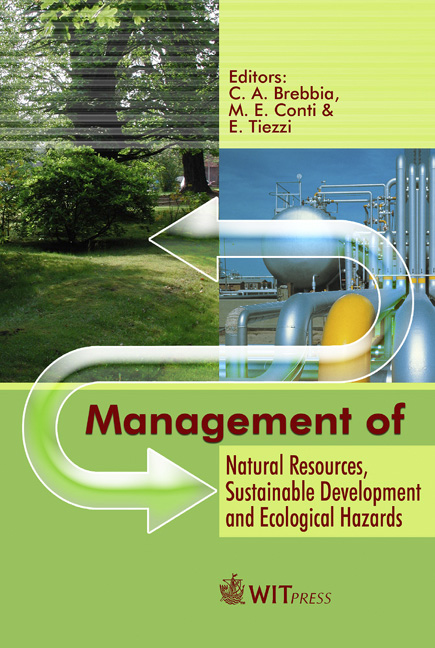Structure Evolution Of Spider Silk Liquid Crystalline Precursor Material
Price
Free (open access)
Transaction
Volume
99
Pages
10
Published
2006
Size
960 kb
Paper DOI
10.2495/RAV060381
Copyright
WIT Press
Author(s)
G. De Luca & A. D. Rey
Abstract
Spiders produce silk fibers with remarkable mechanical properties using an ultraoptimized spinning process. The fluid precursor material used to draw the silk threads is a lyotropic nematic liquid crystal. The mechanical properties of the silk fibers as well as their processability are strongly affected by the complex structural transitions undergone by the nematic liquid crystal precursor along the spinning line. Our work focuses on the particular structure adopted by the nematic precursor in the extrusion duct of the spinning apparatus. This structure is characterized by a succession of well defined point defects located on the axis of the cavity and interacting on each other through elastic mediated forces. The phenomenon described is both important in understanding the process-induced structuring of spider silk fibers and to defect physics. Keywords: Spider’s silk, liquid crystalline spinning, nematic point defects. 1 Introduction Spiders’ ultra-optimized and ecological spinning process produces a fiber with mechanical properties comparable or even superior to the best man-made super- fibers, which use corrosive solvents and cause significant environmental degradation [1, 2]. Hence, there is a great deal of interest in understanding the intricacy of their design and processing routes. Many environment friendly exciting applications are envisaged upon the successful replication of spiders’ fibers and complex spinning line [3–5]. Spider silk fibers are known to be spun from a lyotropic nematic liquid crystal emerging from a highly concentrated water-based solution of rod-like molecules or aggregates [6–8]. A quintessential property of this silk precursor is its capacity
Keywords
Spider’s silk, liquid crystalline spinning, nematic point defects.





